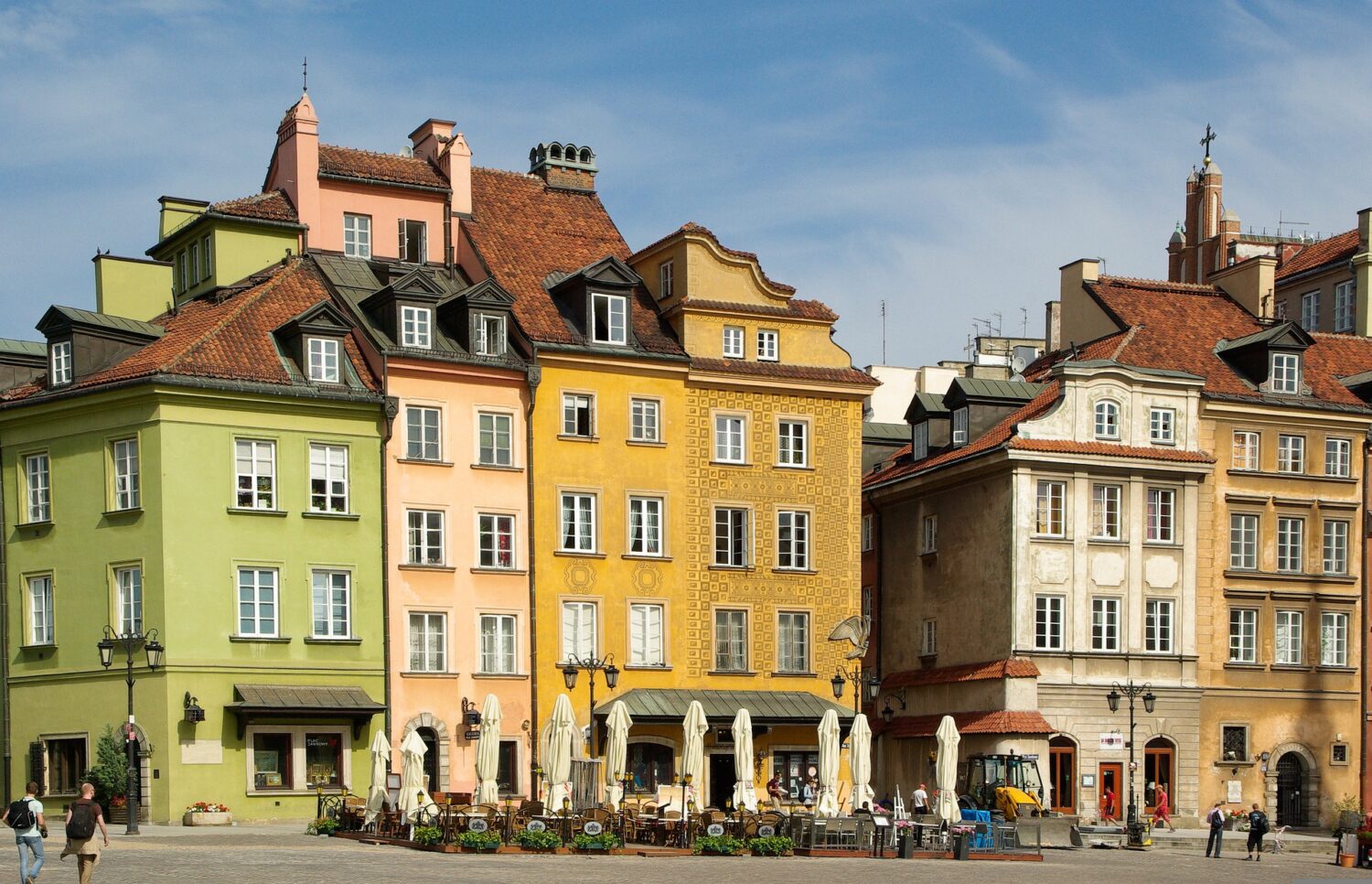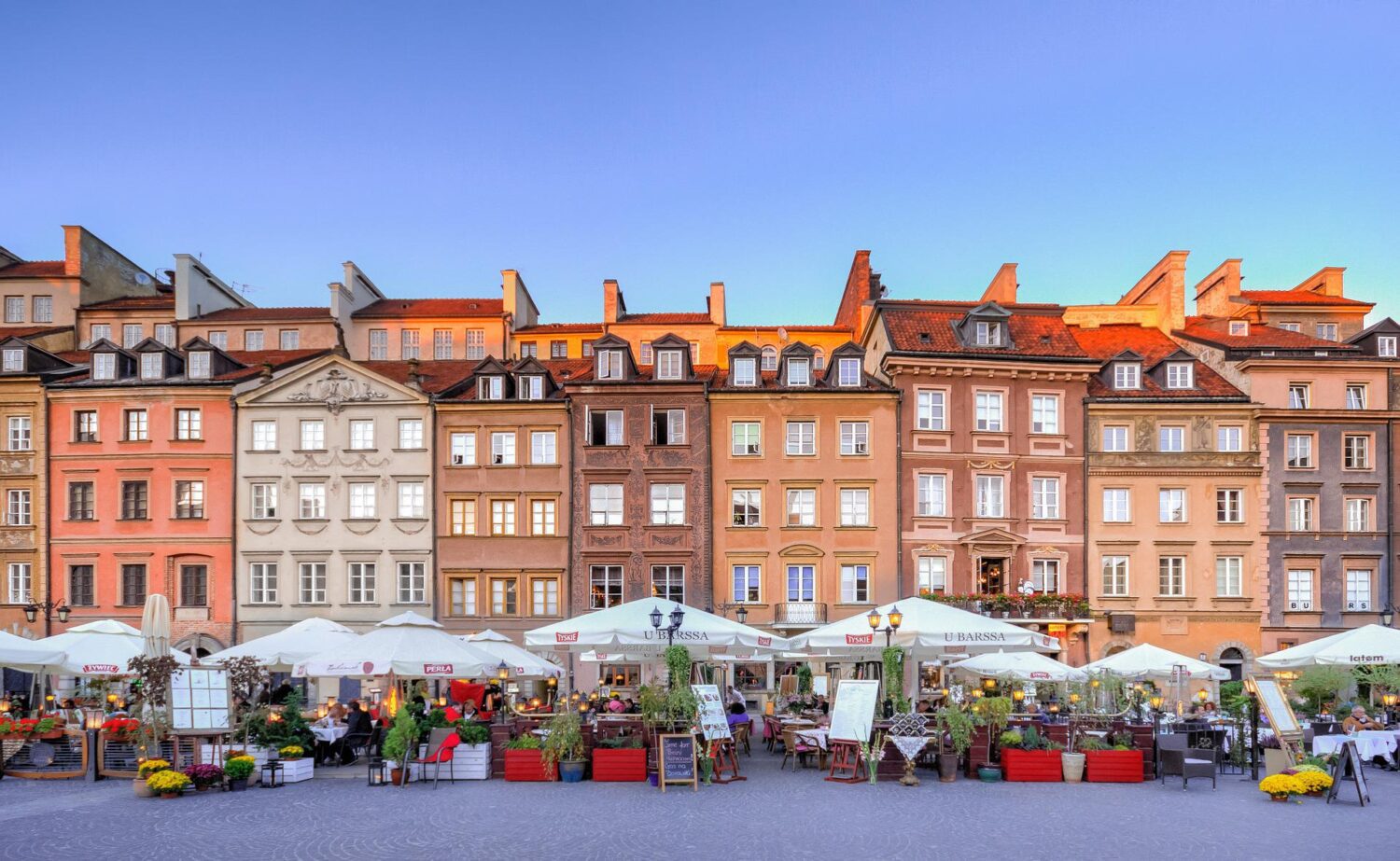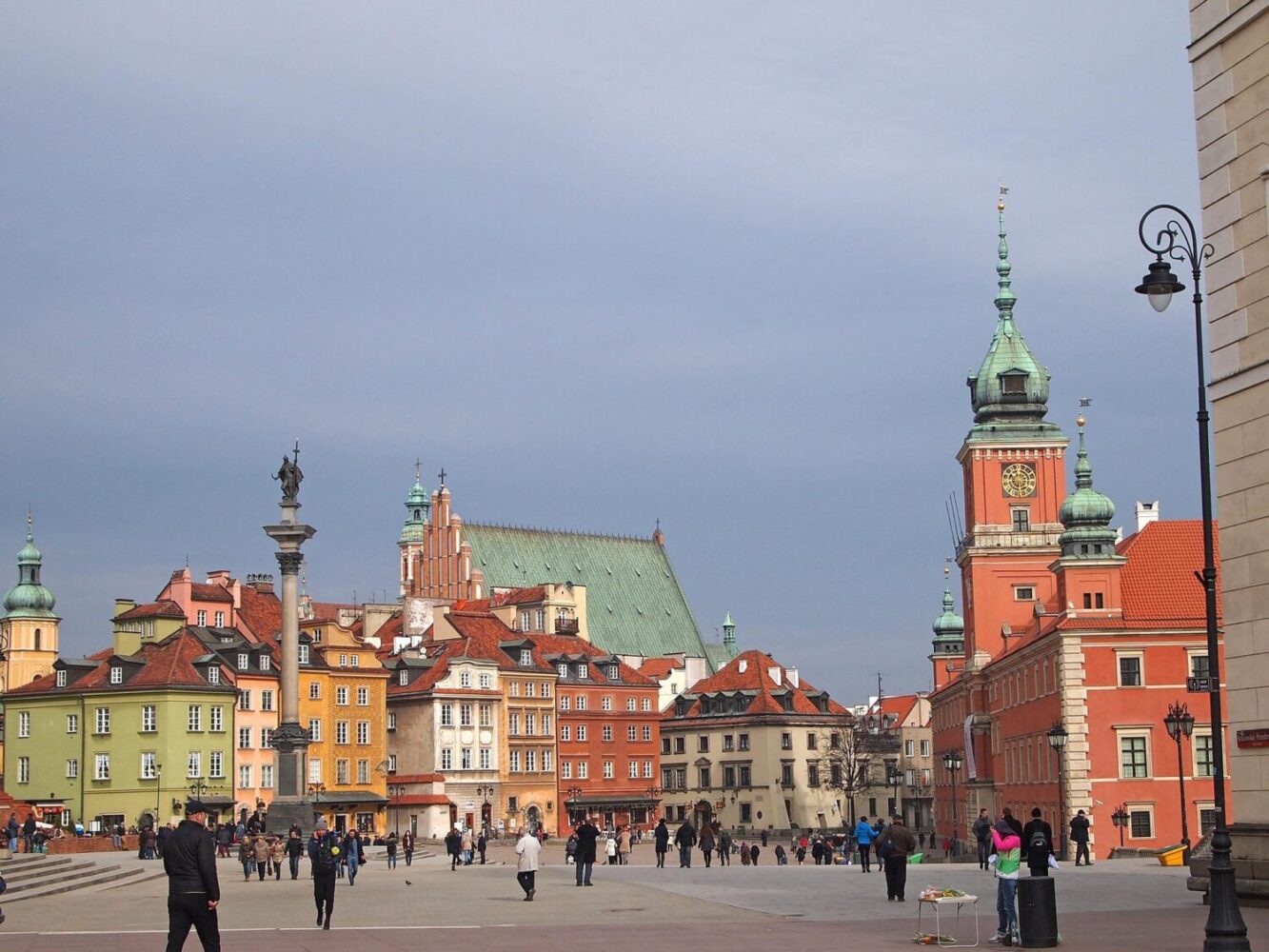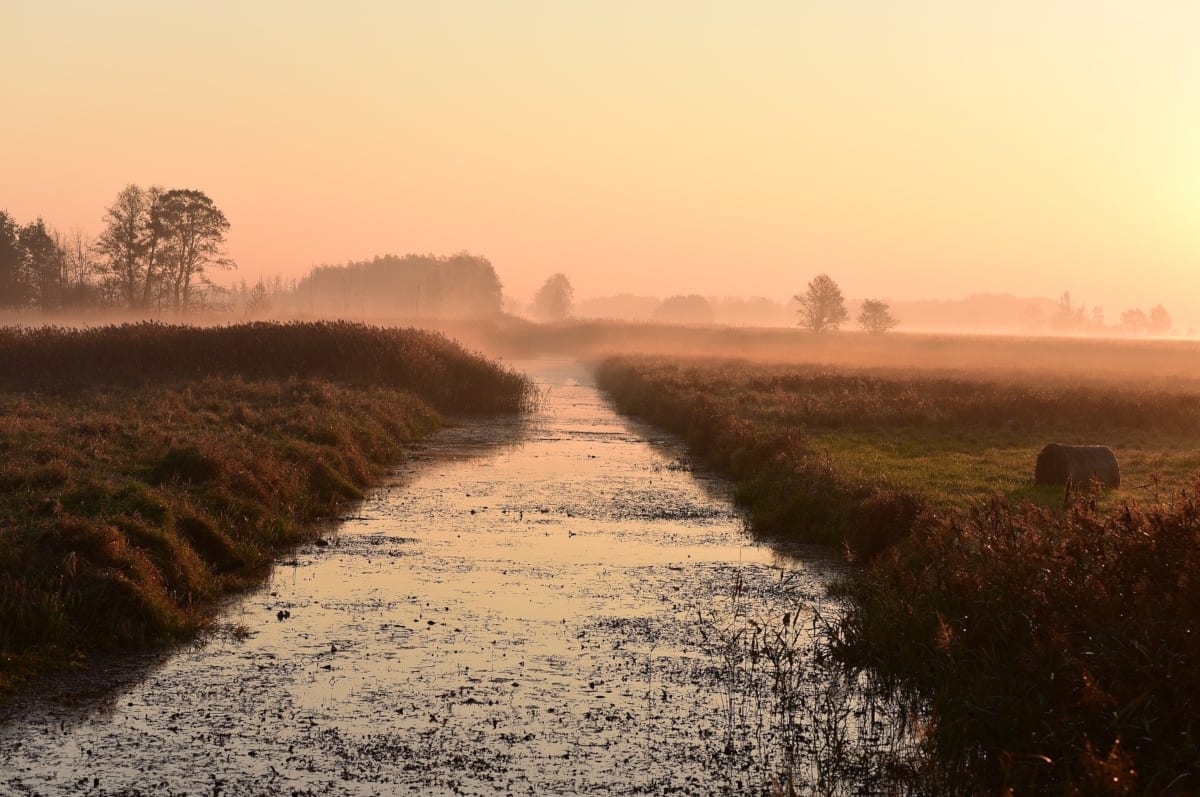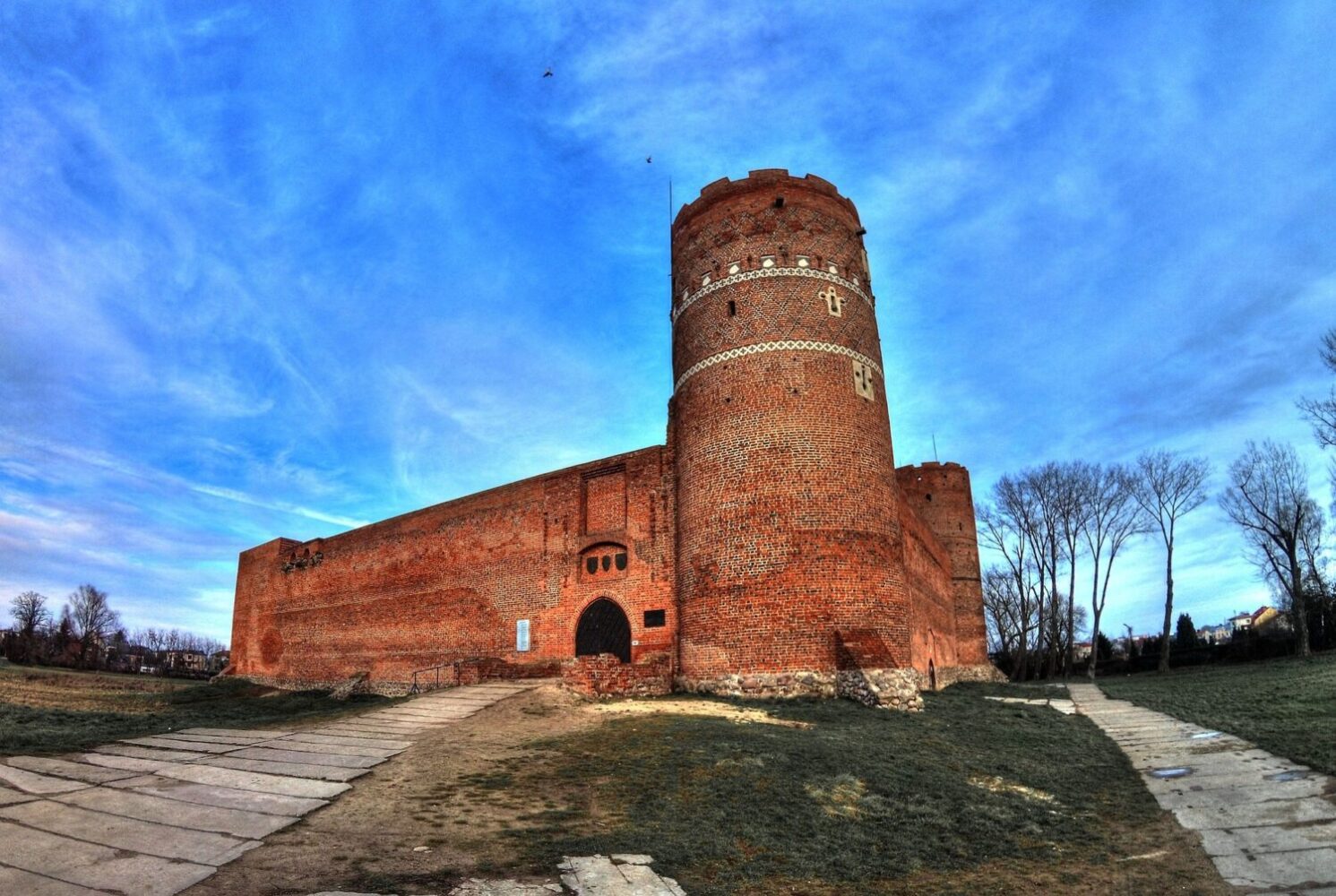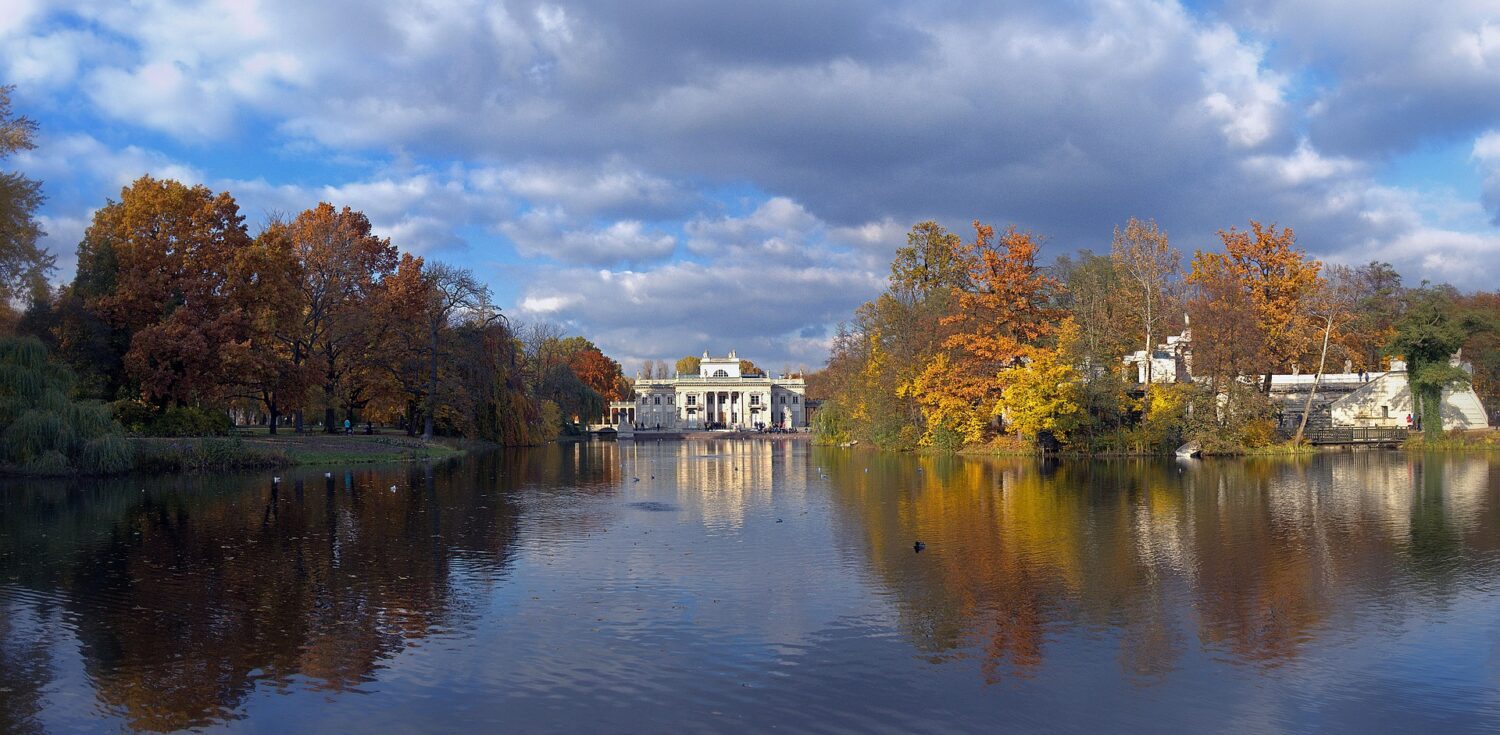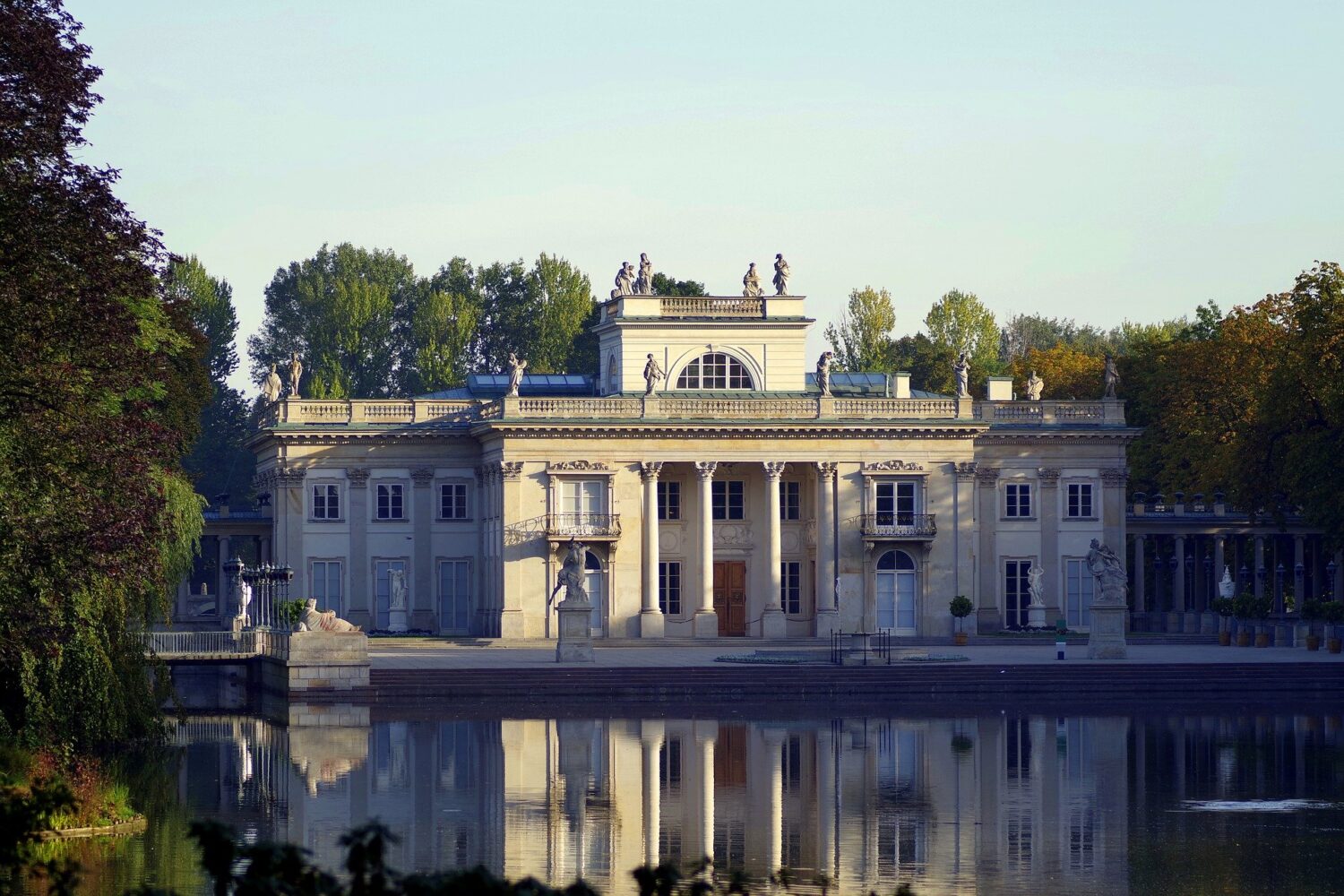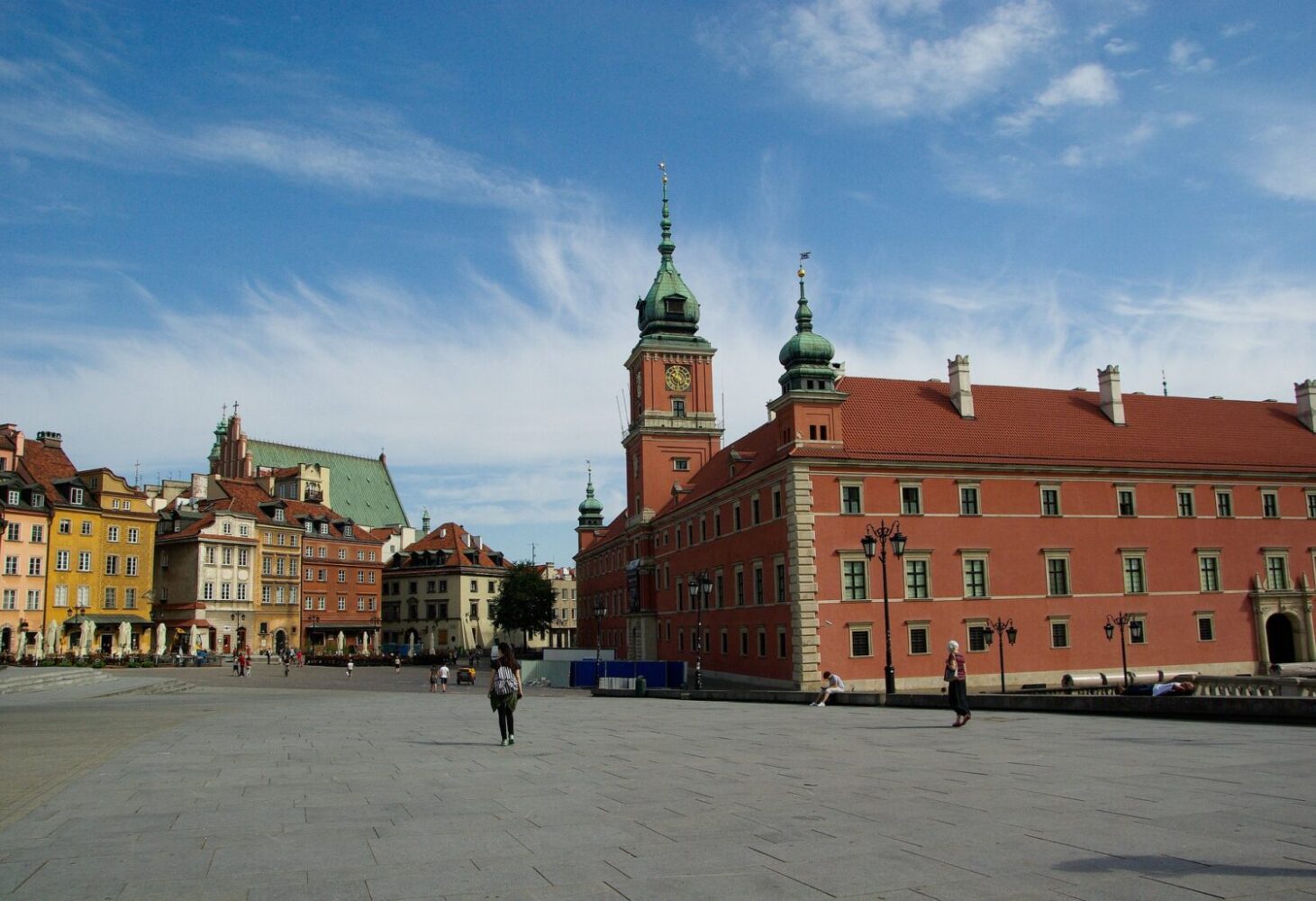Warsaw Historic Centre
Historic Centre of Warsaw – updated 10 January 2023.
The Historic Centre of Warsaw is the oldest part of the city. The heart of the area is the Old Town Market Place, which is very popular with tourists and contains many restaurants, cafés, bars and shops. Surrounding streets feature medieval architecture such as the city walls, St. John’s Cathedral and the Barbican which links the Old Town with Warsaw New Town.

World War II
In excess of 85% of the historic centre of Warsaw was deliberately destroyed during World War II by Nazi Germany. A meticulous restoration of the Old Town took place after the war and this included its important religious buildings, the Royal Castle, Old Town Market, townhouses, and the circuit of the city walls. It is an outstanding example of a near-total reconstruction of a span of history covering the 13th to the 20th century.
Where possible, original bricks and decorative elements found in the rubble were reused during the reconstruction, which was not entirely accurate to pre-war Warsaw but more of a mix between pre-war Warsaw and an earlier period. The objective was to reconstruct but at the same time, try to improve on the original.

Old Town Market Place
The 13th century Old Town Market Place was the true heart of the Old Town and until the end of the 18th century it was the heart of all of Warsaw. Prior to the great fire of 1607, the buildings around the square were Gothic in style, after the fire, they were rebuilt in late-Renaissance style.
Castle Square
When approaching the Old Town from the centre of Warsaw, your first view of the reconstructed Old Town is Castle Square, dominated by Zygmunt’s Column, which towers above the beautiful Old Town houses.

Royal Castle
Royal Castle Warsaw is an exceptional copy of the original red-brick castle, which was destroyed by the Germans in WWII. The very first version of the castle was actually a wooden stronghold dating back to the 14th century built for the dukes of Mazovia and since then it has been the residence of Polish kings in addition to being the home of the president and also the seat of parliament.
FAQ
Here are some common questions and answers that you might find helpful:
Q: Where is the Historic Centre of Warsaw located?
A: The Historic Centre is located in the heart of the city of Warsaw, Poland. It is situated between the Vistula River and the Old Town.
Q: When was the Historic Centre of Warsaw designated as a UNESCO World Heritage Site?
A: The Historic Centre of Warsaw was designated a UNESCO World Heritage Site in 1980.
Q: What is the history of the Historic Centre of Warsaw?
A: The Historic Centre has a long and complex history. The Old Town, which is a part of the Historic Centre, is one of the most well-preserved examples of medieval architecture in Europe. The Old Town was almost entirely destroyed during World War II but was rebuilt in the 1950s and 1960s to resemble its pre-war appearance. The Royal Castle, which sits on the Castle Square, is one of the most important buildings in the Historic Centre of Warsaw, and it served as the residence of Polish kings. The Old Town Market Place, surrounded by burgher houses, merchants’ tenements and the city walls is a heart of the Old Town.
Q: What can I see on a visit to the Historic Centre of Warsaw?
A: Visitors can explore the charming streets and squares of the Old Town, admire the many beautiful buildings and churches, and visit museums and galleries. Some of the must-see sites include the Royal Castle, the Old Town Market Place, St. John’s Cathedral, the Barbican, the Royal Route and the Warsaw Rising Museum. Visitors can also take a stroll along the Royal Route, which is a historical and architectural route that connects the Royal Castle with the Wilanowski Palace.
Q: Is the Historic Centre of Warsaw open to visitors?
A: The Historic Centre is open to visitors year-round, but please check the official website for current opening hours and any potential restrictions.
Q: How long does a visit to the Historic Centre of Warsaw last?
A: A visit can last anywhere from a few hours to several days, depending on how much you want to see and do.
Q: Are there any special requirements to visit the Historic Centre of Warsaw?
A: There are no special requirements to visit the Historic Centre, but visitors should be aware that many of the buildings and museums have limited accessibility for people with disabilities.
Q: Are there any other things to do in the area?
A: Warsaw is a vibrant and culturally rich city with many things to see and do beyond the Historic Centre. Some popular attractions include the Lazienki Park, the Chopin Museum, the Warsaw Uprising Museum, the National Museum, and the Wilanowski Palace. The city also has a vibrant nightlife and delicious cuisine, with many great restaurants and bars to choose from.
